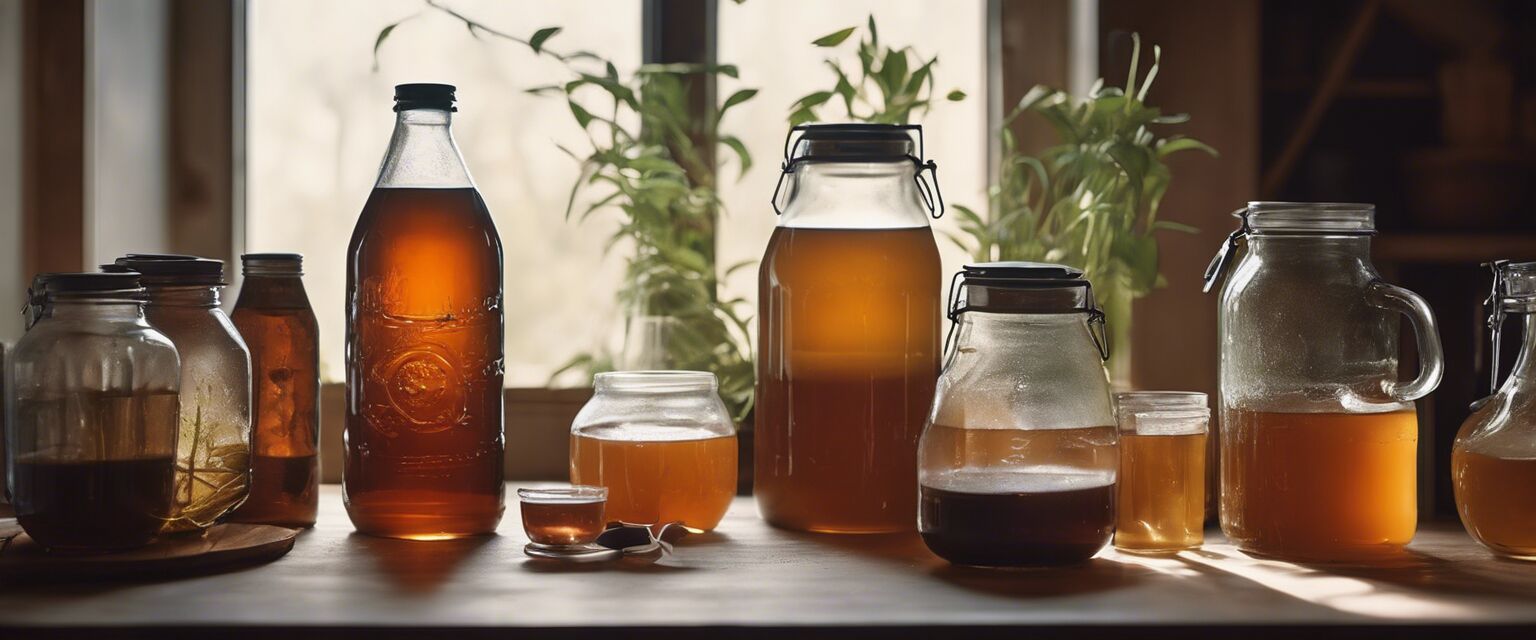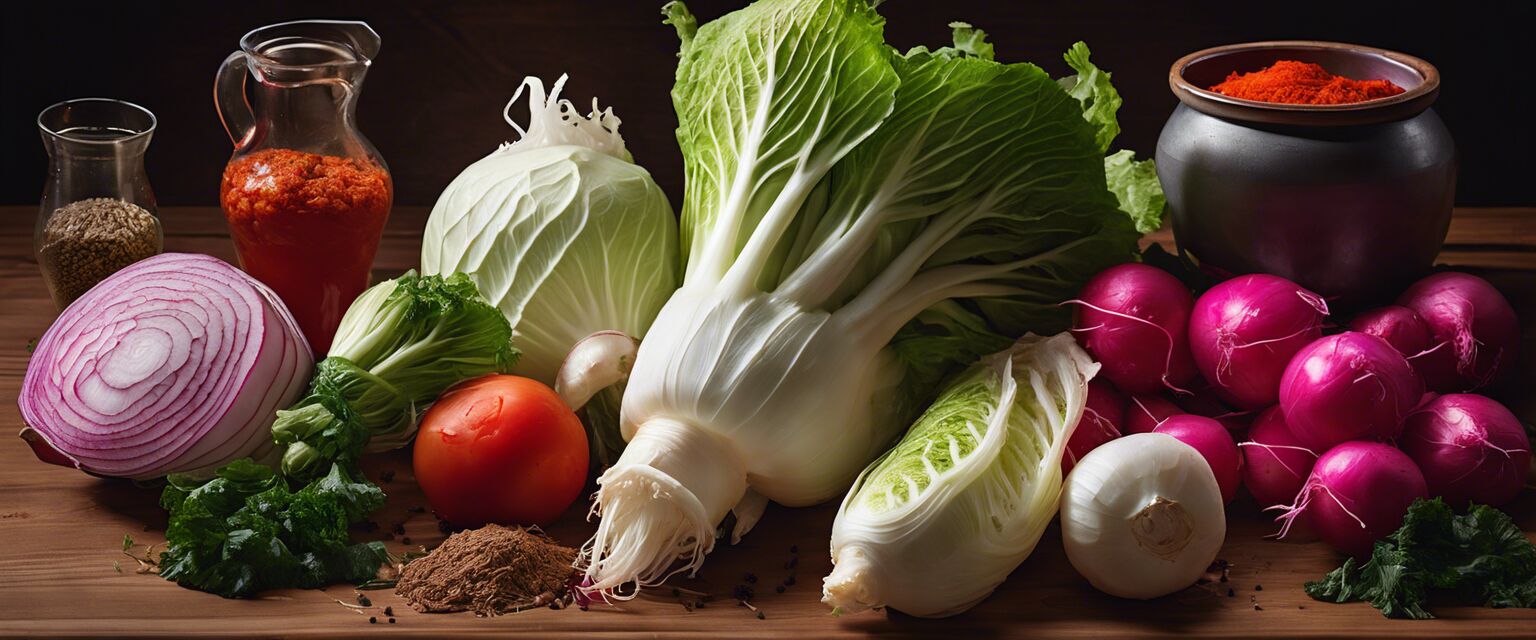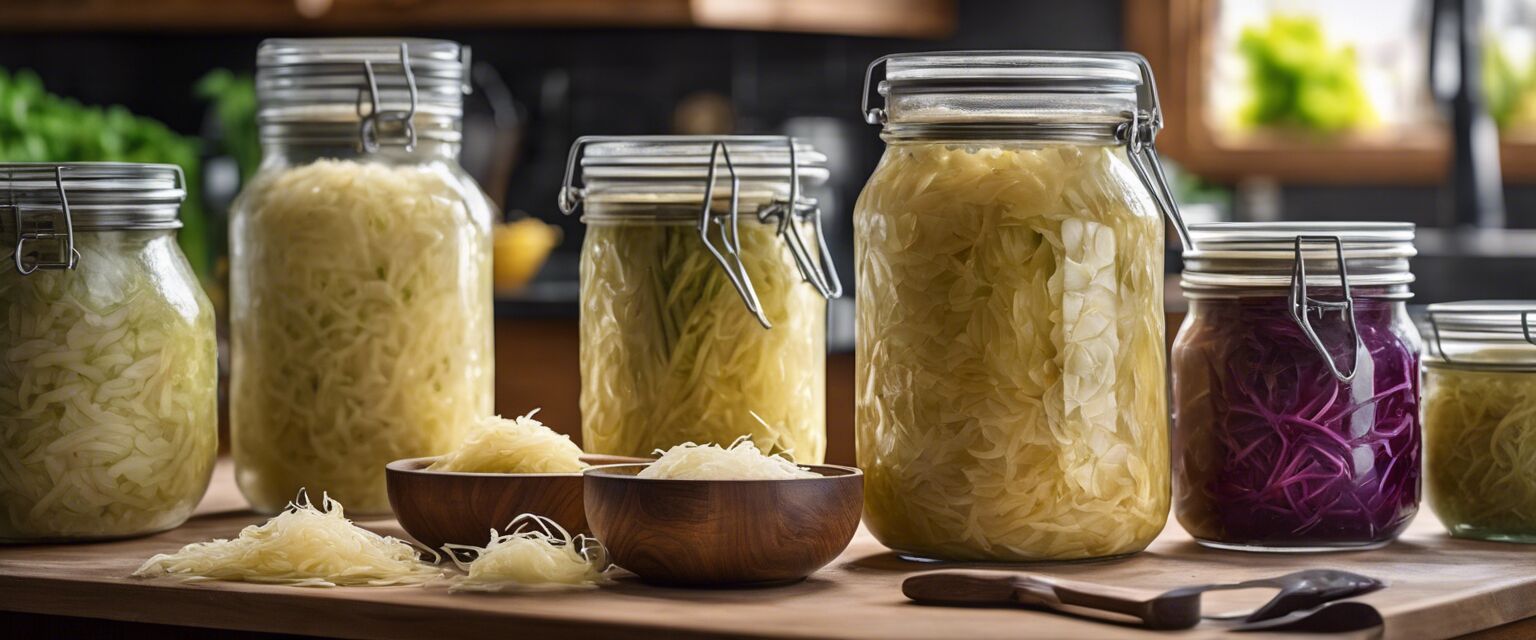
Kombucha Brewing Kits
Welcome to the exciting world of kombucha brewing! Whether you're a seasoned fermenter or just getting started, having the right kombucha brewing kit can make all the difference in your fermentation journey. In this article, we'll explore the best kombucha brewing kits available, their components, and how to use them effectively.
Key Takeaways
- Kombucha brewing kits come with essential components for successful fermentation.
- Understanding the brewing process is crucial for making delicious kombucha.
- Different kits vary in size, materials, and included accessories.
- Proper care and storage of your kit can prolong its lifespan.
- Experimenting with different flavors can enhance your kombucha experience.
What is Kombucha?
Kombucha is a fermented tea drink that has gained popularity for its unique taste and potential health benefits. Made by fermenting sweetened tea with a SCOBY (Symbiotic Culture Of Bacteria and Yeast), it offers a refreshing, slightly tangy beverage rich in probiotics.
Components of a Kombucha Brewing Kit
A typical kombucha brewing kit includes several essential components:
| Component | Description |
|---|---|
| SCOBY | The living culture that ferments the tea and sugar. |
| Tea | Usually black or green, it provides the base flavor. |
| Sugar | Feeds the SCOBY during fermentation. |
| Glass Jar | The primary container for fermentation; it should be non-reactive. |
| pH Test Strips | To measure the acidity of your kombucha. |
| Brewing Instructions | Step-by-step guidelines for successful brewing. |
Popular Types of Kombucha Brewing Kits
There are various types of kombucha brewing kits available, each catering to different levels of expertise and preferences. Below, we highlight some common types:
- Beginner Kits: These are perfect for those new to brewing. They often include everything you need to get started.
- Advanced Kits: Designed for experienced brewers, these kits may include additional tools and flavoring options.
- DIY Kits: For those who enjoy hands-on projects, DIY kits provide the components but allow you to customize the brewing process.
How to Use a Kombucha Brewing Kit
Brewing kombucha at home can be a rewarding experience. Hereâs a simple step-by-step guide to help you get started:
- Prepare the Tea: Boil water, add tea bags, and dissolve sugar. Allow it to cool.
- Add the SCOBY: Once the tea is cooled, transfer it to a glass jar and add the SCOBY.
- Cover and Ferment: Cover the jar with a cloth to allow airflow and let it sit in a warm place for 7-14 days.
- Taste and Bottle: Check the flavor; when itâs to your liking, bottle it in sealable containers.
- Refrigerate: Store the bottled kombucha in the fridge to slow fermentation.
Tips for Successful Kombucha Brewing
Beginners Section
- Start with a small batch to test your brewing skills.
- Ensure all tools and containers are clean to avoid contamination.
- Experiment with different tea flavors for unique tastes.
- Monitor the fermentation process closely to avoid over-fermenting.
- Keep your brewing area at a consistent temperature for best results.

Storage and Care of Your Kombucha Kit
Proper storage and care can extend the life of your kombucha brewing kit. Here are some tips:
- Store your SCOBY in a jar with enough tea to keep it hydrated.
- Keep your brewing jar clean and sanitized to prevent mold.
- Label your bottles with the date brewed to track freshness.
- Regularly check the pH of your kombucha to ensure it's safe for consumption.
Common Issues and Solutions
As a brewer, you may encounter some common problems. Here are solutions to help you troubleshoot:
| Issue | Solution |
|---|---|
| Too sweet kombucha | Ferment for a longer period. |
| Mold on SCOBY | Discard the SCOBY and start fresh; ensure cleanliness. |
| Bubbly or overly fizzy kombucha | Reduce sugar in the initial brew or bottle it sooner. |
| Off flavors | Experiment with different teas or check fermentation time. |

Conclusion
Brewing kombucha at home can be an enjoyable and fulfilling hobby. With the right kombucha brewing kit and a little practice, you can create your own delicious flavors to share with family and friends. Remember to experiment, taste, and enjoy the process!
Pros
- Customizable flavors
- Healthier alternative to store-bought drinks
- Cost-effective over time
- Engaging and fun hobby
Cons
- Initial setup can be challenging
- Requires time and patience
- Potential for contamination if not careful
- Not suitable for everyoneâs taste
Related Articles
For more information on home fermentation, check out our other articles:








